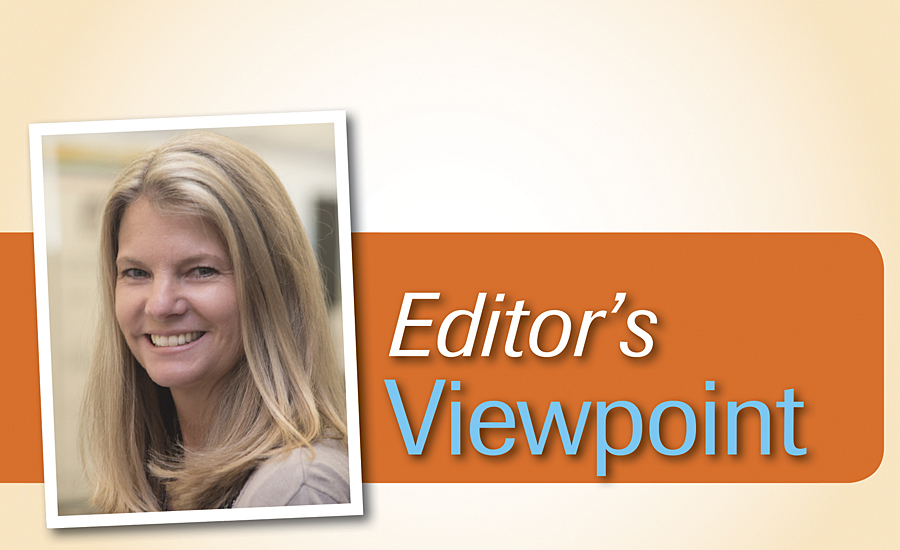The Detroit Society for Coatings Technology’s (DSCT) 41st annual FOCUS (Future of Coatings Under Study) Conference was held May 5 in Troy, MI. This is one of my favorite industry events to attend every year, and not just because the venue is only a mile from my house. I always enjoy the unique keynote speakers as well as the afternoon panel discussion that the DSCT committee lines up for this event. This year’s keynote presenters were Michael McKee and Daniel Chojnowski, intellectual property attorneys at Howard & Howard law firm. McKee and Chojnowski spoke about increasing the likelihood of obtaining patent protection on coating formulations. They stated that the government’s patent office often takes the attitude that coating formulations are obvious and are therefore not patentable, resulting in many patent application rejections.
Base requirements for obtaining a patent are: 1) Proving novelty – the invention has to be new relative to that which has been made public; and 2) Proving non-obviousness – the invention cannot be obvious to a person having ordinary skill in the art. This second requirement is where things get murky; who is this person having ordinary skill in the art? The examination office has thousands of examiners – some educated and experienced in the chemical arts, and some right out of school. The patent applicant needs to convince these often-inexperienced people that their product is not “obvious”.
The attorneys provided attack strategies for overcoming patent application rejections. Some suggestions included proving commercial success where others have failed, showing the fulfillment of long-felt, unresolved needs, and showing unexpected results. (Demonstrating unexpected and improved results really grabs the attention of patent office examiners, especially when the invention is compared with the closest reference.) Other suggestions were to discuss your challenges and how you overcame them, to not be afraid to disclose what didn’t work, and to keep experiments as simple as possible by changing only one variable at a time.
It is important to understand the closest reference to the product you wish to patent. What products and processing steps are disclosed for that product? And what are their minimum and maximum boundaries for performance? By understanding these parameters, you can make your story very clear by comparing your minimum and maximum boundaries to the reference. Keep and supply comparative data – even if it shows failure. Often, the comparative data aligns nicely with the closest reference.
The attorneys also suggested that companies begin with a provisional patent application. This is like putting a “flag in the sand” when you think you have stumbled across something truly novel. You can file a full application up to a year later after you have more complete test data to prove your case.
The afternoon panel discussion was moderated by Deep Bhattacharya of Eastman Chemical Co., and panelists included Eric Degenfelder of Axalta Coating Systems, Jack Burgman of PPG Industries, Inc., Ankil Shah of Toyota, Anne Shim of BASF Corp., and Kenny White of General Motors Co. It was very interesting to have combined input and ideas from raw material suppliers, coatings manufacturers and OEMs.
Much of the discussion focused on the future of automotive coatings and the impact the millennial generation might have on the automotive industry. Developments in smart coatings were of particular interest, including easy-to-clean coatings, energy-producing coatings, color-changing coatings (with the press of a button) and coatings that can predict failure before it happens. Lots of novel and non-obvious ideas here!
And what influence will the millennial generation have on our industry? Will the Uber trend cause a significant reduction in cars purchased by this generation? Or create a “fleet” of colors? Will the need for constant social media and news updates translate to a desire for frequent changes in car colors that could affect the automotive refinish industry? Some very thought-provoking ideas were thrown out by the audience and panelists. It will be interesting to see where the future takes us!



Report Abusive Comment